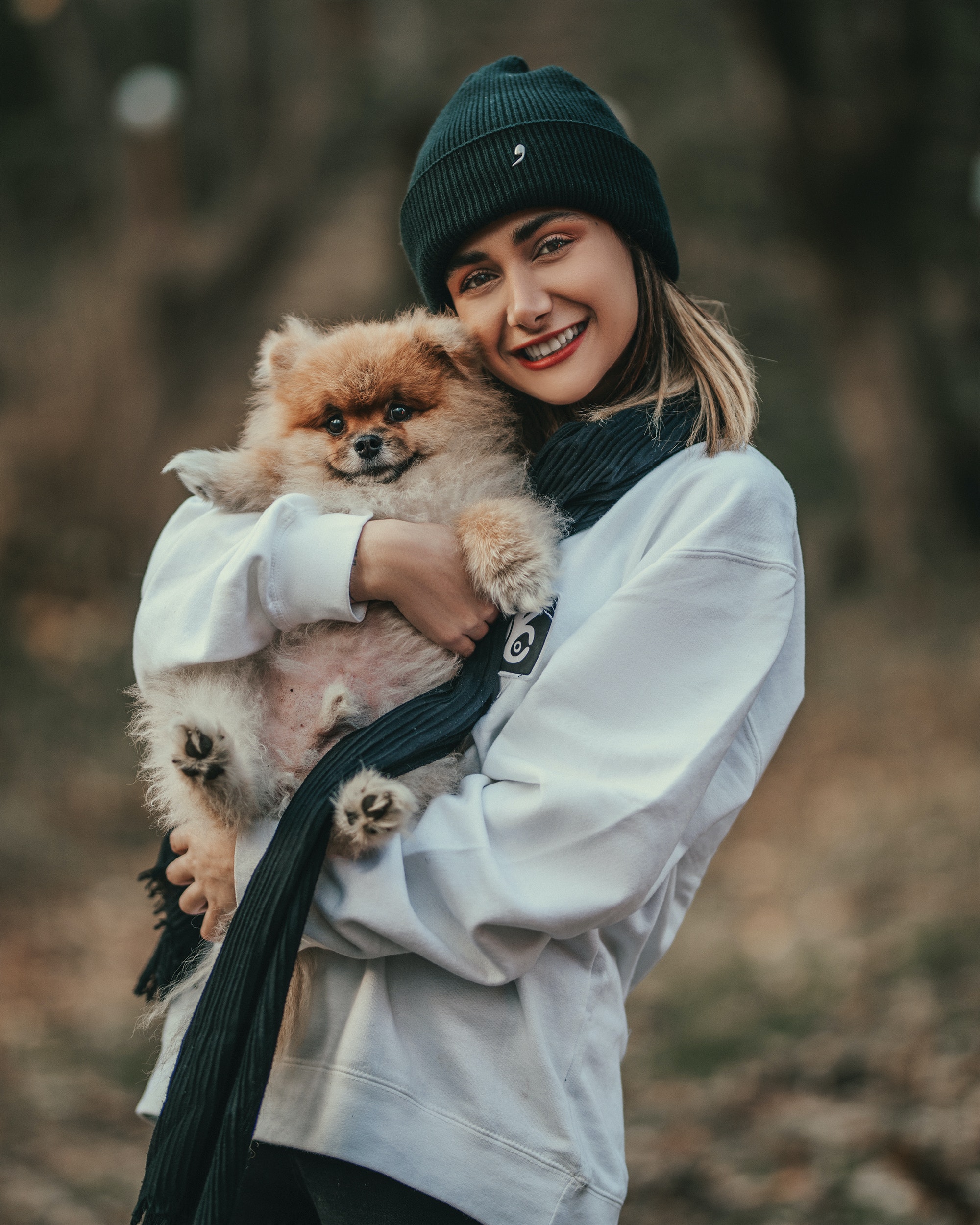Dandruff in dogs can cause discomfort for both pets and their owners. Flakes on your dog’s coat often raise concerns. This condition can stem from several factors, including dry skin, allergies, or underlying health issues. While commercial products exist, many dog owners opt for natural remedies that are gentler on their pet’s skin and overall health.
Nutrition Matters
Assess your dog’s diet as a crucial first step in treating dandruff naturally. Proper nutrition significantly impacts skin health. A diet lacking in essential fatty acids can result in dry skin and dandruff. Opt for high-quality dog food enriched with omega-3 and omega-6 fatty acids. Ingredients like fish oil, flaxseed oil, and chicken fat help hydrate the skin from within, promoting a shiny coat and reducing flakiness.
Natural Oils for Relief
Consider supplementing your dog’s meals with natural oils. Coconut oil, known for its moisturizing properties, can soothe dry skin. You can mix a small amount into your dog’s food or apply it directly to affected areas. Start with a teaspoon for smaller dogs, gradually increasing the amount while monitoring for any adverse reactions. Always consult your veterinarian if you have concerns.
The Importance of Regular Grooming
Regular grooming plays a vital role in managing dandruff. Brushing your dog’s coat removes dead skin cells and distributes natural oils throughout the fur, preventing flakes from accumulating and promoting healthier skin. Depending on your dog’s breed and coat type, you may need to brush daily or several times a week. Use a brush suitable for their coat type to ensure effective and comfortable grooming.
Bathing Wisely
Frequent bathing can strip the skin of natural oils, leading to dryness and irritation. When bathing your dog, choose a gentle, natural shampoo specifically formulated for dogs. Look for products containing oatmeal, aloe vera, or other soothing ingredients to alleviate itchiness and hydrate the skin. Rinse thoroughly to remove all shampoo residue, as leftover product can worsen skin issues.
DIY Shampoo Options
For those interested in DIY solutions, consider blending natural ingredients. A simple recipe of oatmeal and water can soothe irritated skin, thanks to oatmeal’s anti-inflammatory properties. Another option is a mixture of apple cider vinegar and water, which can help balance the skin’s pH and may reduce dandruff. However, be cautious, as some dogs may be sensitive to vinegar’s strong odor.
Environmental Considerations
Environmental factors also contribute to your dog’s dandruff. Dry indoor air, particularly in winter, can exacerbate dryness. Using a humidifier in your home can help maintain moisture levels, benefiting both you and your pet. Ensure your dog has a comfortable resting area and avoid exposure to extreme temperatures. Regularly cleaning their bedding can eliminate dust and allergens that may irritate their skin.
Addressing Stress
Stress significantly impacts your dog’s skin health. Anxiety can arise from changes in their environment, loud noises, or separation from their owners. If you suspect stress may be a factor, create a safe space for your dog to relax. Engage in activities that foster bonding, such as playtime or gentle training sessions. Small adjustments in routine can enhance your dog’s emotional well-being.
Ensure Hydration
Hydration is essential for maintaining healthy skin. Always provide your dog with access to fresh water, as dehydration can lead to dry skin and worsen dandruff. If your dog isn’t drinking enough water, consider incorporating wet food into their diet or offering ice cubes as a treat. Some pets enjoy flavored water or ice cubes made from low-sodium broth. Monitor their water intake and consult your vet if you notice significant changes.
Identifying Allergies
Allergies can trigger dandruff in dogs. Common allergens include specific foods, pollen, dust mites, and flea bites. If you suspect allergies, watch for additional symptoms like itching, red skin, or ear infections. Keeping a diary of symptoms and any changes in environment or diet can help identify potential triggers. Collaborating with your veterinarian is essential, as they may recommend allergy testing or an elimination diet.
Seek Veterinary Care
In some cases, dandruff may signal an underlying health issue, such as hormonal imbalances, skin infections, or conditions like seborrhea. If your dog’s dandruff persists despite your efforts, seek veterinary advice. A thorough examination can help determine the cause and lead to appropriate treatments or lifestyle changes. Early intervention can prevent more serious problems in the future.
Monitor and Adjust
Patience is key when treating dandruff naturally. Changes may take time, so monitor your dog’s progress and remain consistent with your chosen methods. Keep an eye on their skin condition and note any changes in behavior or overall health. If you see improvement, continue with your natural approach. However, if there’s no progress after several weeks, it’s time to consult a veterinarian.
Collaborate with Your Veterinarian
Involving your veterinarian can provide peace of mind. They can help determine the best natural remedies tailored to your dog’s specific needs. Some dogs may require a combination of treatments, including medicated shampoos or topical treatments, alongside natural remedies. Your vet can assist you in ensuring you’re taking the best approach for your furry friend.
Dandruff in dogs can be a troublesome issue, but with the right natural treatment strategies, you can help your pet find relief. Focusing on nutrition, regular grooming, and environmental factors can significantly improve their skin health. By being proactive and attentive, you can support your dog’s well-being and happiness.



